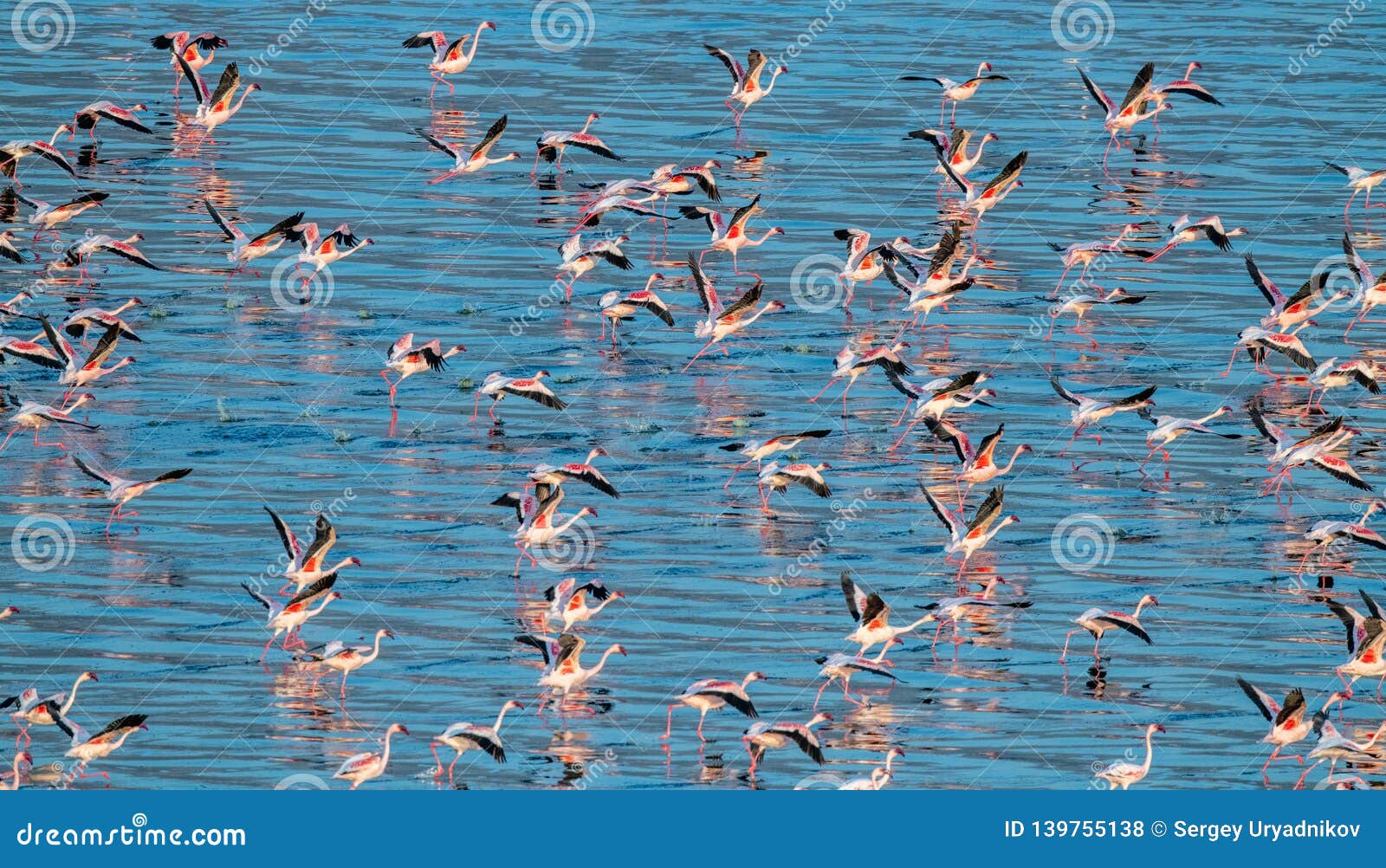

2011). In Namibia, the NamPower/ Namibia Nature Foundation Strategic Partnership is looking into reducing collisions with power lines in that country (NamPower/ Namibia Nature Foundation Strategic Partnership 2010). roseus by the prevention of hunting and deterrence of pedators (Moreno-Opo et al. Breeding success was increased at a West African mixed colony with Greater Flamingo P. 2008), which was produced in 2008 (Childress et al. In September 2006, 35 experts from the states within the species's range attended a meeting in Nairobi, Kenya, to start the process of drafting an International Action Plan for the species under the auspices of CMS and AEWA (Anon. It breeds at an artificially created site at Kamfers Dam, South Africa (M. Ĭonservation Actions Underway CITES Appendix II. Management information The species will breed successfully on artificial breeding islands in ideal conditions (Anderson 2008). Breeding site The nest is built from mud substrates ( Brown and Root 1971, Brown et al. To a lesser extent, the species will also take small aquatic invertebrates such as rotifers ( Brachiomus spp.) (del Hoyo et al. and Lyngbya spp.) and benthic diatoms ( Navicula spp., Bacillariophyceae) found only in alkaline lakes, salt pans and saline lagoons and estuaries (del Hoyo et al. Diet It has a highly specialised diet consisting almost entirely of microscopic blue-green algae ( Spirulina spp., Oscillatoria spp.

Habitat The species breeds on large undisturbed alkaline and saline lakes, salt pans or coastal lagoons, usually far out from the shore, after seasonal rains have provided the flooding necessary to isolate remote breeding sites from terrestrial predators and the soft muddy material for nest building (Brown and Root 1971, del Hoyo et al. When necessary, the species forms large dense feeding flocks that create calm water for feeding near the centre of the flock (del Hoyo et al. The species is an obligate filter feeder and feeds during the night and early morning when the surface of the water is calm, primarily by swimming and filtering the algae near the surface with a specialised bill that contains up to 10,000 microscopic lamellae (del Hoyo et al.


1982), but it has been suggested that breeding failures (possibly over 10 or more years) may have no effect on the overall population dynamics (Parasharya et al. 2015). The timing of breeding is irregular and varies geographically, depending on the timing of the rains, with individual adults often not breeding annually (Brown et al. The species breeds in huge colonies of many thousands of pairs, often mixed with Greater Flamingo Phoenicopterus roseus (del Hoyo et al. The Asian and southern African populations are partially migratory, with many making regular movements from their breeding sites inland to coastal wetlands when not breeding (McCulloch et al. īehaviour This species is itinerant and makes extensive movements in response to environmental conditions (del Hoyo et al. The species is adapted to respond to local environmental changes in sites by moving elsewhere, and thus depends on a network of suitable areas (L. 2008) and between Africa and India (Parasharya et al. However, the overall rate of decline is difficult to clarify owing to large-scale movements of individuals within the continent (Zaccara et al. 2011), and at at least one site in India (Kulshreshtha et al. Declines have been suggested for much of Africa, including in its major breeding site at Lake Natron (Simmons 1996, Rose and Scott 1997, Clamsen et al. Smaller populations occur in the Rann of Kachchh in north-western India, estimated to be approximately 390,000 birds, in southern Africa, estimated to be 55,000-65,000 birds, and in West Africa, estimated to be 15,000-25,000 birds (Delany and Scott 2006). The largest population, estimated to be 1.5-2.5 million birds, occurs on the alkaline-saline lakes of the Great Rift Valley in East Africa (Delany and Scott 2006), with approximately 105,000 individuals at Lake Natron, Tanzania (Clamsen et al. The global population has been estimated at c.2,220,000-3,240,000, including c.650,000 in Asia (Rose and Scott 1997). When not breeding, it occurs in virtually every sub-Saharan country and from the Arabian Peninsula to Pakistan. Three smaller breeding congregations occur in West Africa, in southern Africa, and in India and Pakistan. Phoeniconaias minor breeds mainly in the Rift Valley lakes of East Africa in Ethiopia, Kenya and Tanzania.


 0 kommentar(er)
0 kommentar(er)
